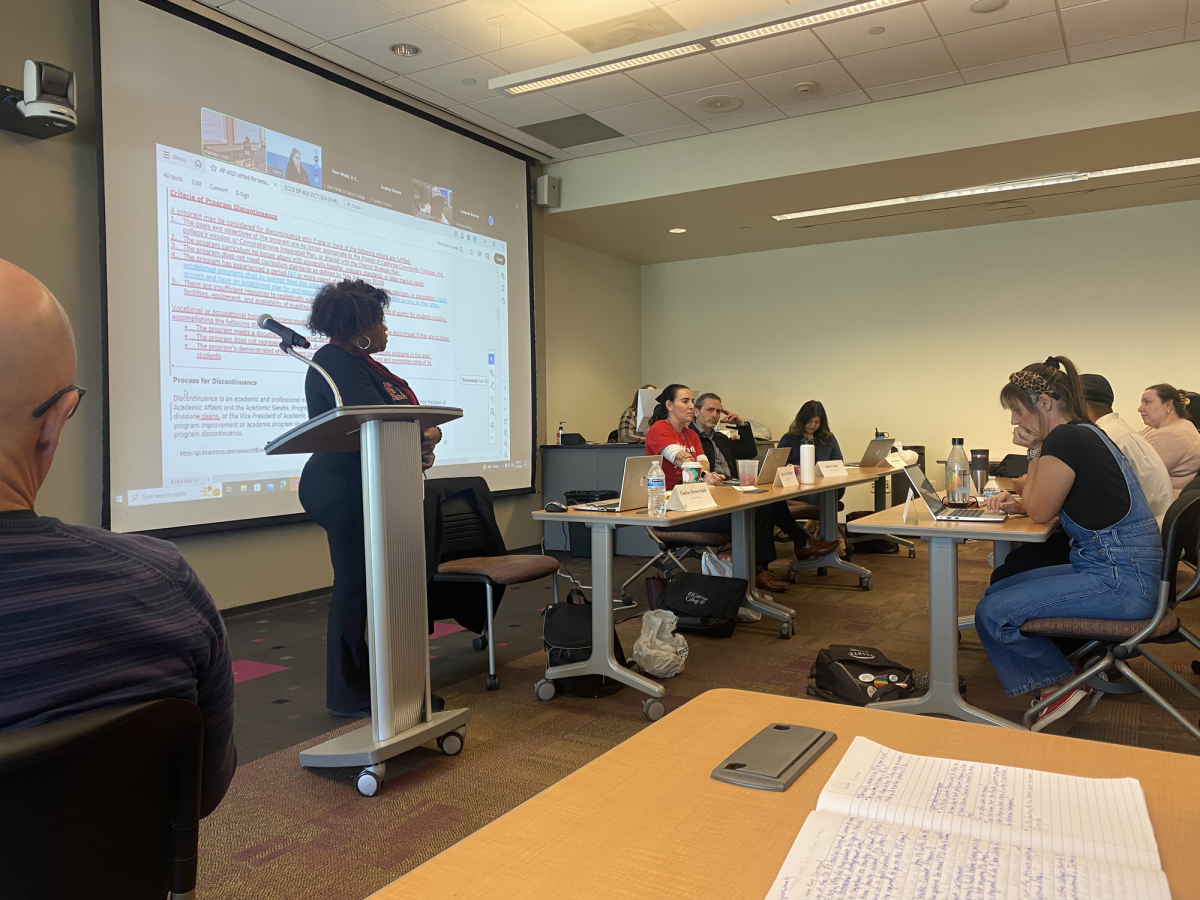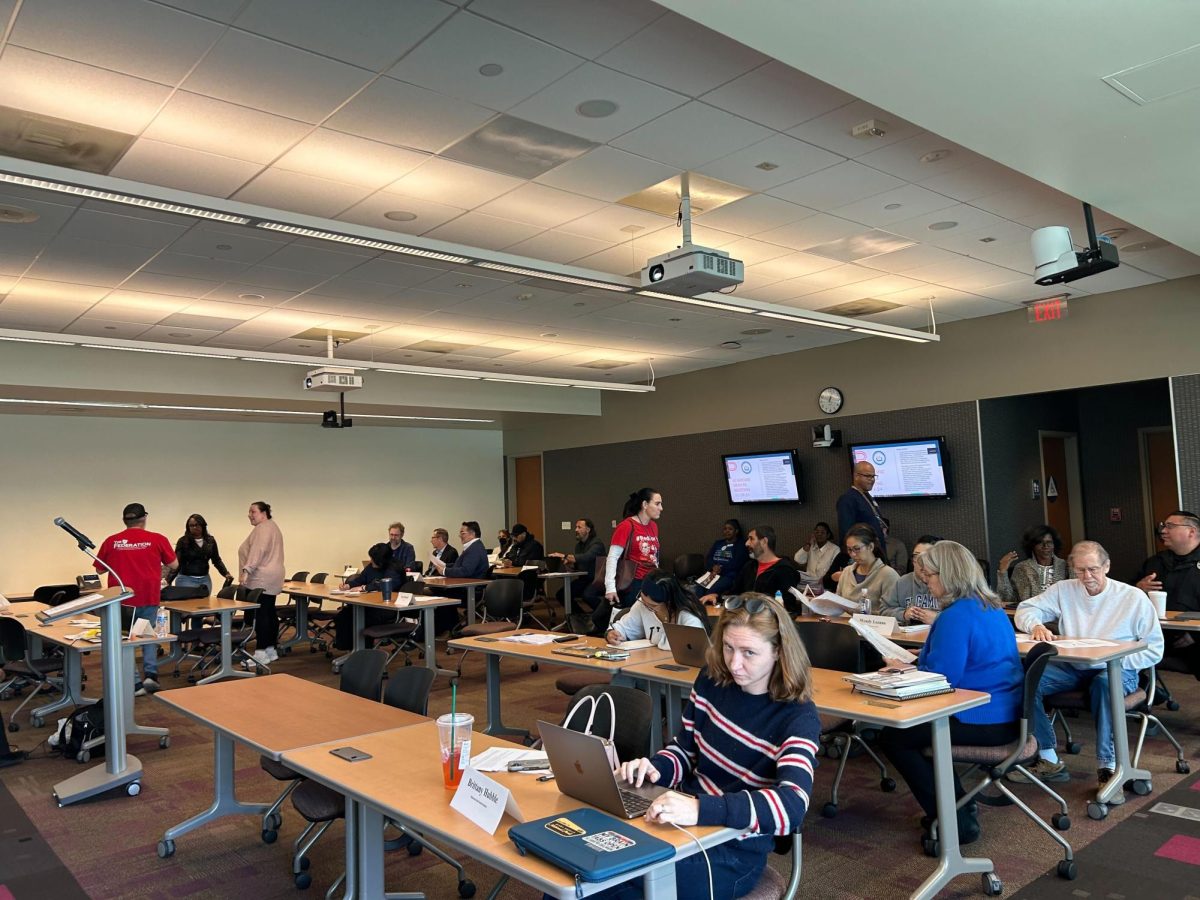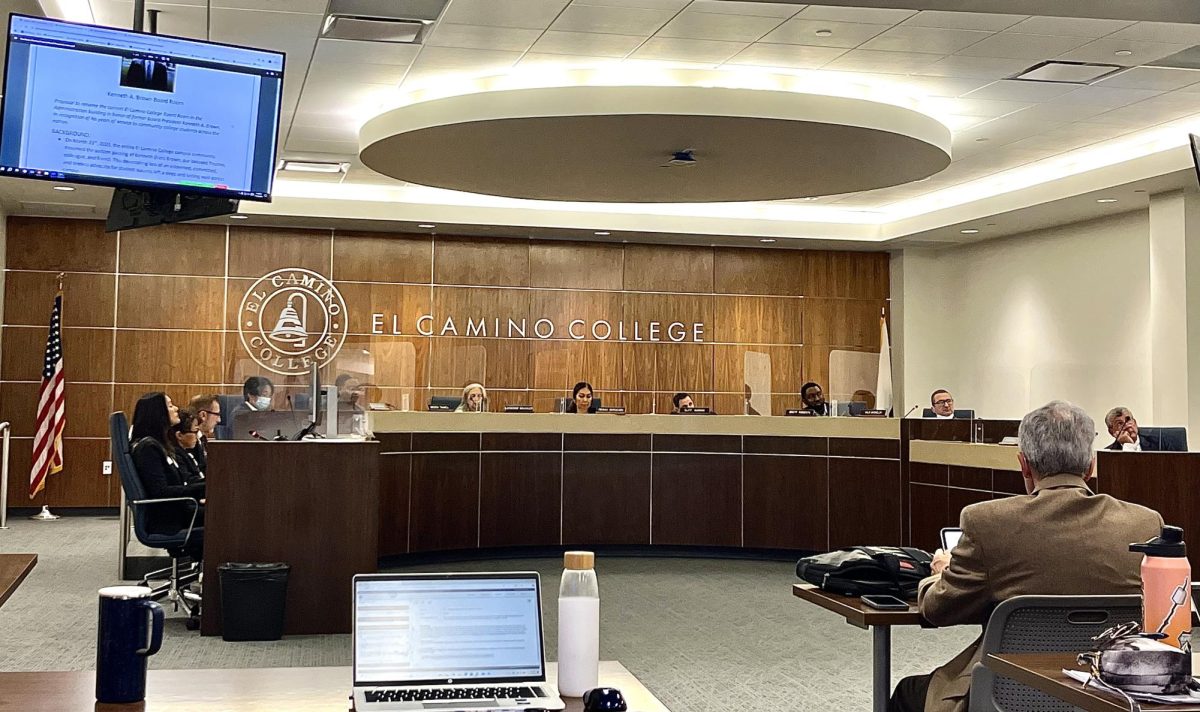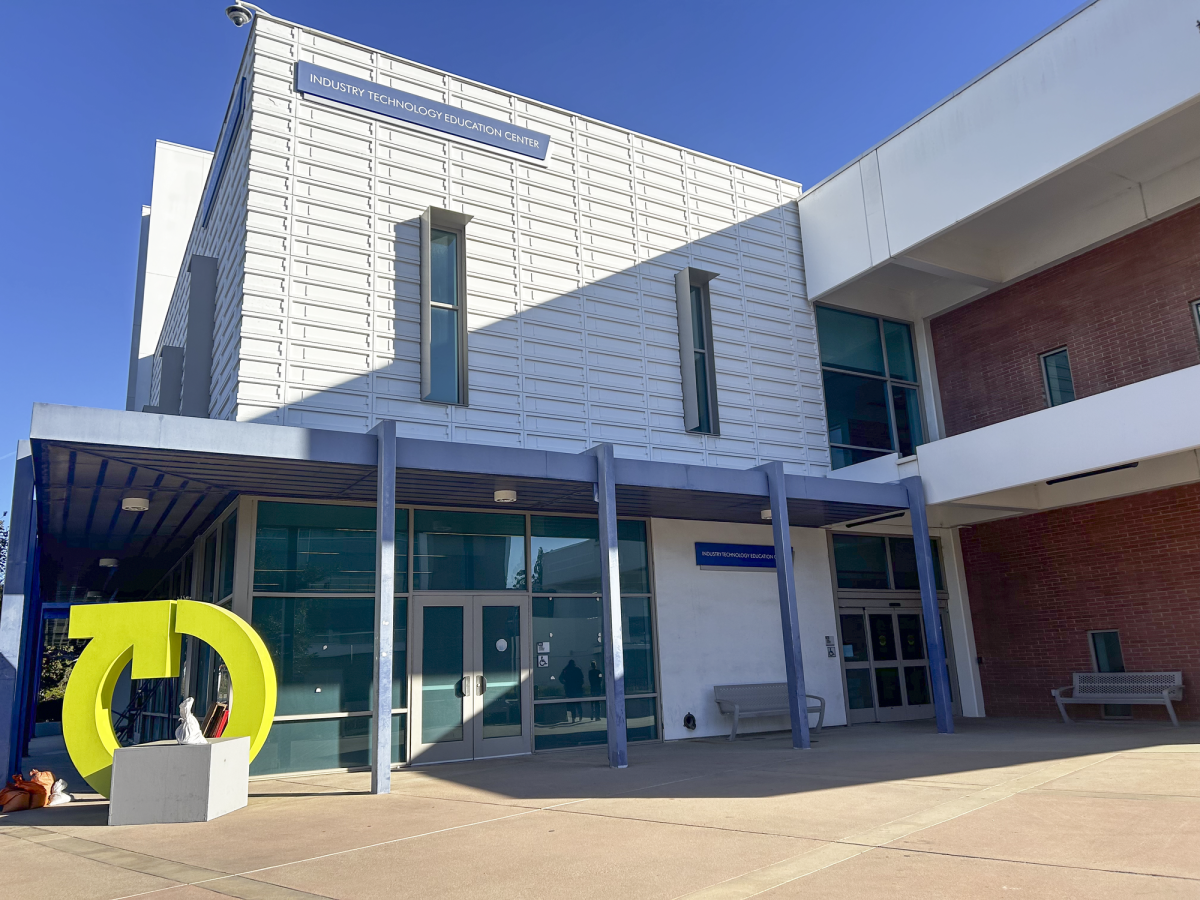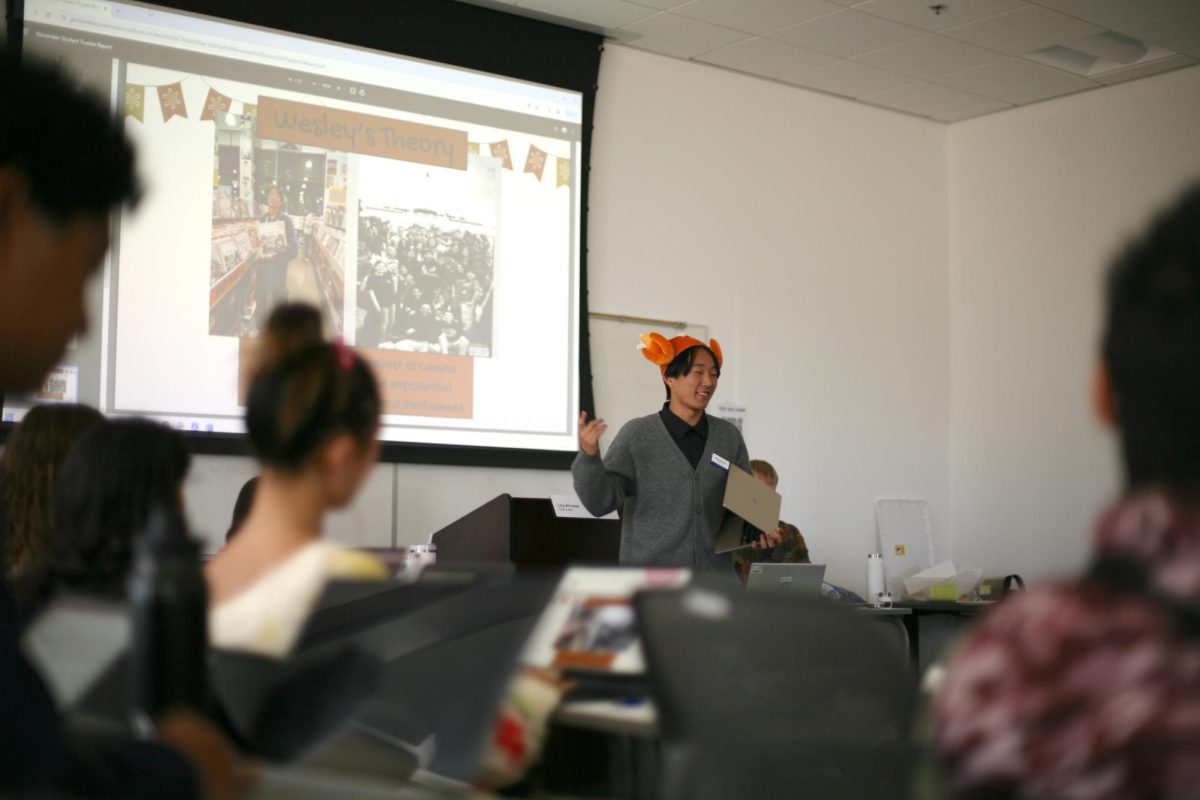Clad in uniform, a man raises his gun and squeezes the trigger. With a bang, the bullet hits a target in a shooting range. This is the kind of training students get when they join the Police Academy at EC.
The Police Academy is designed to teach and train students to become police officers. The students wear police officer uniforms and they learn how to defend themselves and use equipment such as handcuffs, batons and firearms, said Michael D’Amico, chief of police and the director of the academy.
“The Police Academy is a unique, non-traditional course,” D’Amico said.
At the academy, students also learn to march and learn formations. Ray Lewis, an EC professor who previously instructed at the EC police academy for six years, said that the defensive tactics learned at the academy include martial arts and kick boxing.
The course is two semesters long, taking place in the fall and in the spring, D’Amico said. It meets Monday and Wednesday evenings and for eight and a half hours Saturday. The course takes up approximately fifteenhours total every week.
D’Amico said the California Commission of Peaceofficer Standards and Training (POST) certify the academy. He said that any California police officer has gone to a police academy at some point in time and that the curriculum is set by the state.
“The objective of the academy is to prepare the students to become officers,” D’Amico said.
Lewis said that the students experience simulated emergency situations and learn how to do things like get out of cars quickly and search houses.
Students who join the academy also have to go through medical and physical exams and get their backgrounds checked. Students with felony arrests cannot join the academy.
“The academy has a military kind of look to it,” Lewis said.
D’Amico said that the EC academy has been around for 30 years and it has graduated more than 4,500 students from 21-year-olds to a 62-year-old, who was the oldest student the academy has had so far.
But D’Amico said that the academy is very intense and challenging for everyone who joins.
“It requires one hundred and ten percent commitment on the student’s part,” D’Amico said.
He said that the state requires the students to be tested weekly and trains them academically as well as physically. There are fifteen instructors who are in charge of different types of training.
Lewis said that the academic portion of the police academy is also as intense as the physical work.
“Many students aren’t used to this kind of discipline,” Lewis said.
Writting reports, studying law practices and learning to handle certain situations are required by the state’s curriculum. Lewis said that the tests the students take are required by the state’s curriculum and the course has very strict rules about passing the tests in order to continue in the academy.
“It is hard physically, mentally, academically and emotionally,” D’Amico said. “But it is also very, very rewarding.”
He said that the course is not designed for just everyone. He said that the individuals who choose to go to the academy are generally sure that they want to become officers and go into the field.
“It is not the same as going into a class for a three-hour lecture and then going home,” D’Amico said.



